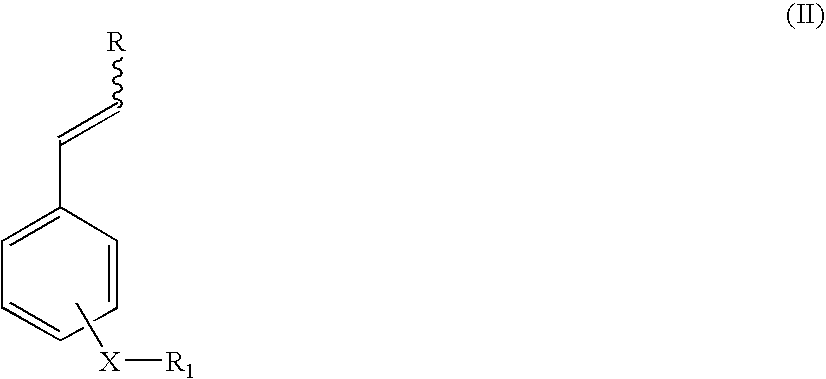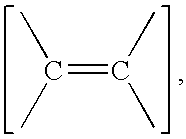Extended curable compositions for use as binders
a curable composition and extender technology, applied in the field of reduced cost, can solve the problems of emitted harmful formaldehyde gasses over their useful life, resin yellowing, foul odor,
- Summary
- Abstract
- Description
- Claims
- Application Information
AI Technical Summary
Problems solved by technology
Method used
Image
Examples
examples
[0079] Treatment of Glass Microfiber Filter Paper and Tensile Testing of Treated Substrate
[0080] Aqueous curable compositions were prepared with various amounts of a commercially available acrylic thermoset TSET™ No. 1, a mixture of poly(acrylic acid), triethanolamine and sodium hypophosphite, available from Rohm and Haas Company, Philadelphia, Pa. (53 wt. % solids in water, mfg. in U.S.A. between March, 2002 and March, 2004) mixed with extender. The comparative binder comprised a commercially available ACRONAL™ 2438 acrylic-maleic copolymer thermoset, available from BASF Aktiengesellschaft, Ludwigshafen, Germany (obtained June, 2002). The pH of the aqueous binder dispersions or solutions was adjusted to pH 3 with sulfuric acid and the solutions or dispersions were diluted to 200 g. with water providing a weight 5% solids mixture (Table 1). Glass microfiber filter paper sheets, GF / A (glass type A), (20.3×25.4 cm, for example, Cat No. 1820 866, Whatman International Ltd., Maidstone,...
PUM
| Property | Measurement | Unit |
|---|---|---|
| particle size | aaaaa | aaaaa |
| particle size | aaaaa | aaaaa |
| size | aaaaa | aaaaa |
Abstract
Description
Claims
Application Information
 Login to View More
Login to View More - R&D
- Intellectual Property
- Life Sciences
- Materials
- Tech Scout
- Unparalleled Data Quality
- Higher Quality Content
- 60% Fewer Hallucinations
Browse by: Latest US Patents, China's latest patents, Technical Efficacy Thesaurus, Application Domain, Technology Topic, Popular Technical Reports.
© 2025 PatSnap. All rights reserved.Legal|Privacy policy|Modern Slavery Act Transparency Statement|Sitemap|About US| Contact US: help@patsnap.com


